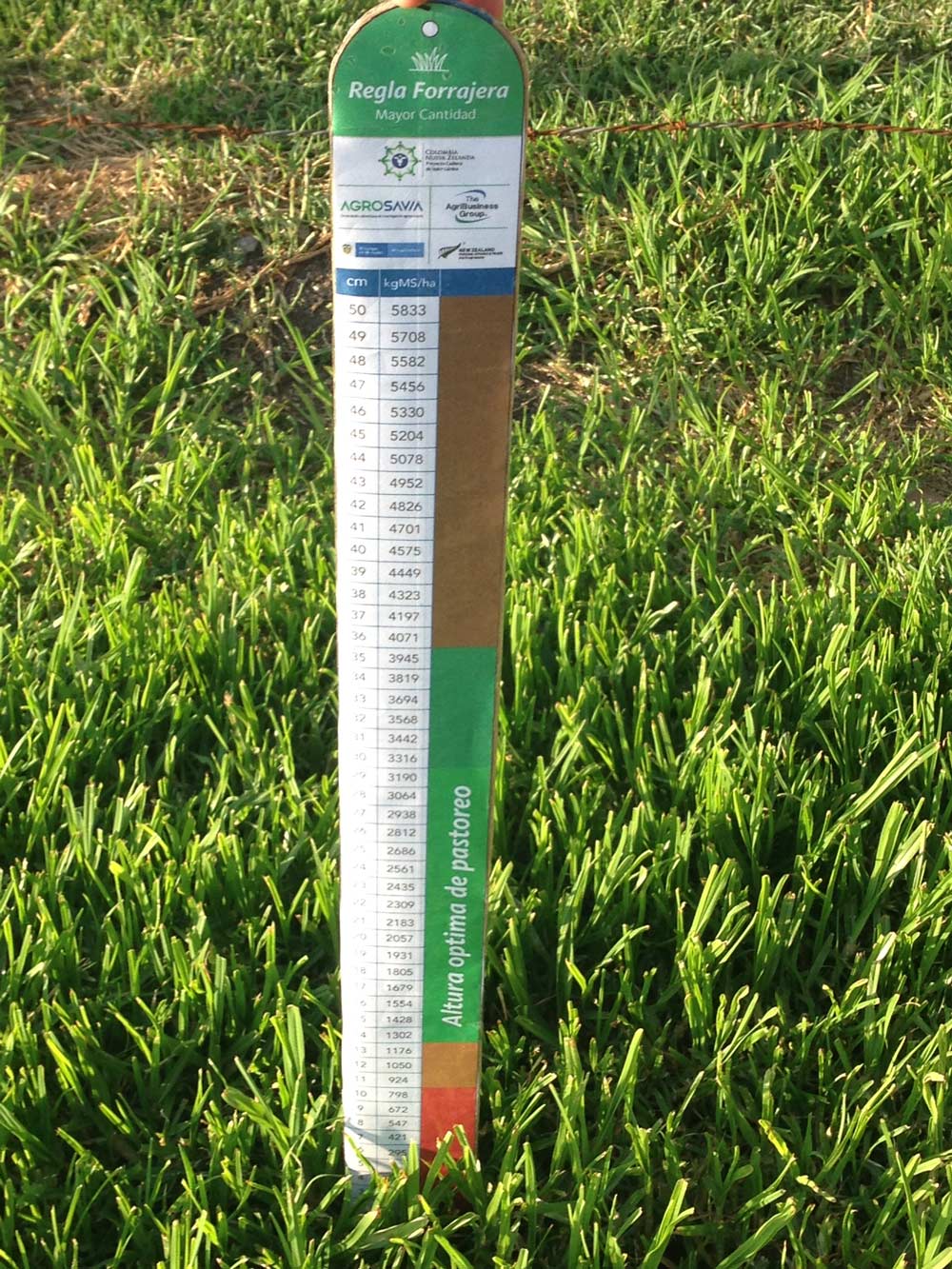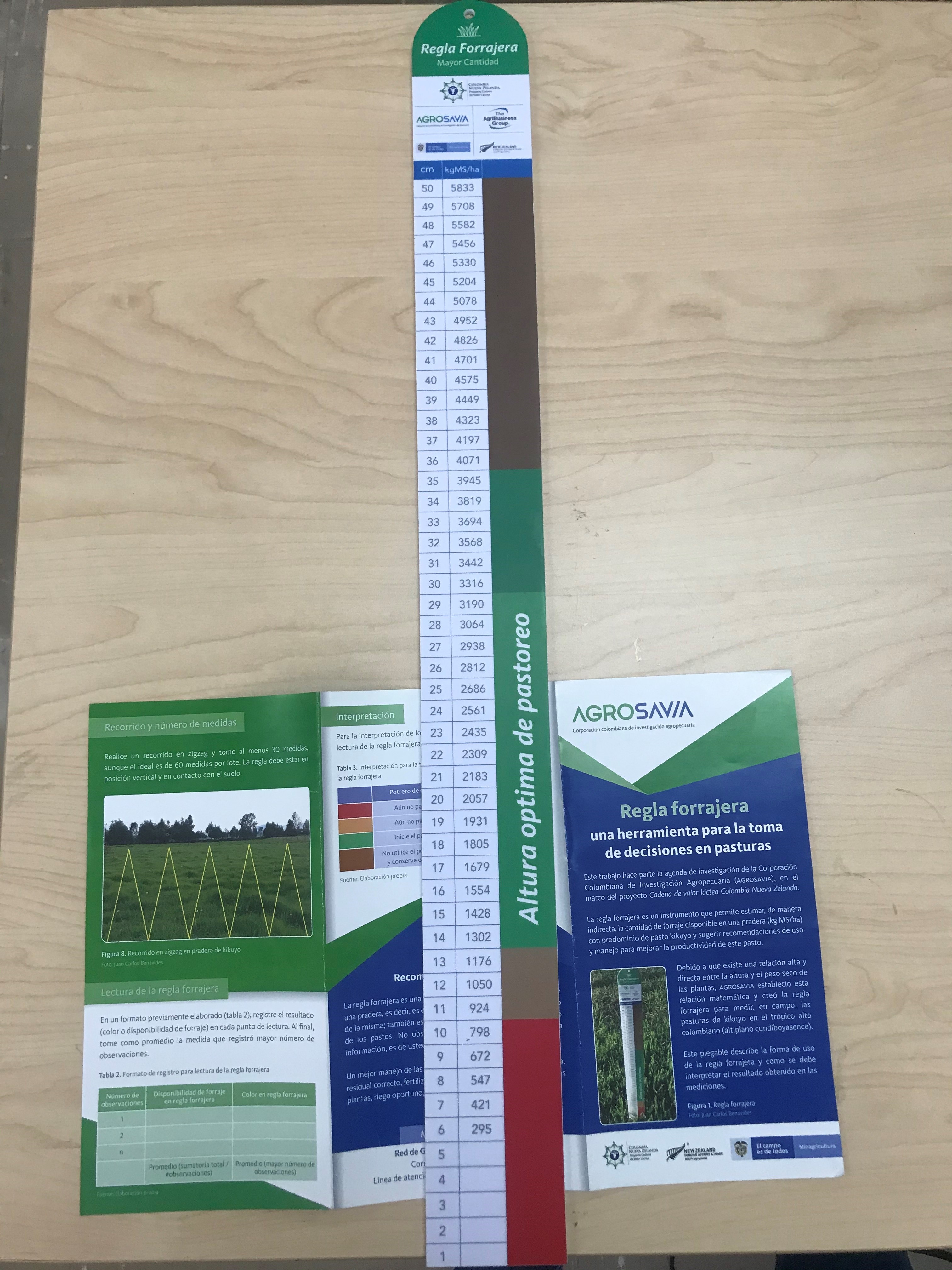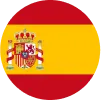Forage rule for Kikuyu grass
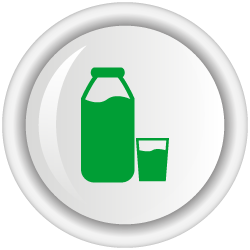
- Thematic area:
- Integrated management of the production system
- Productive system:
- Dairy
- Geographic coverage:
-
Andean region. Dairy basins of Boyacá and Cundinamarca.
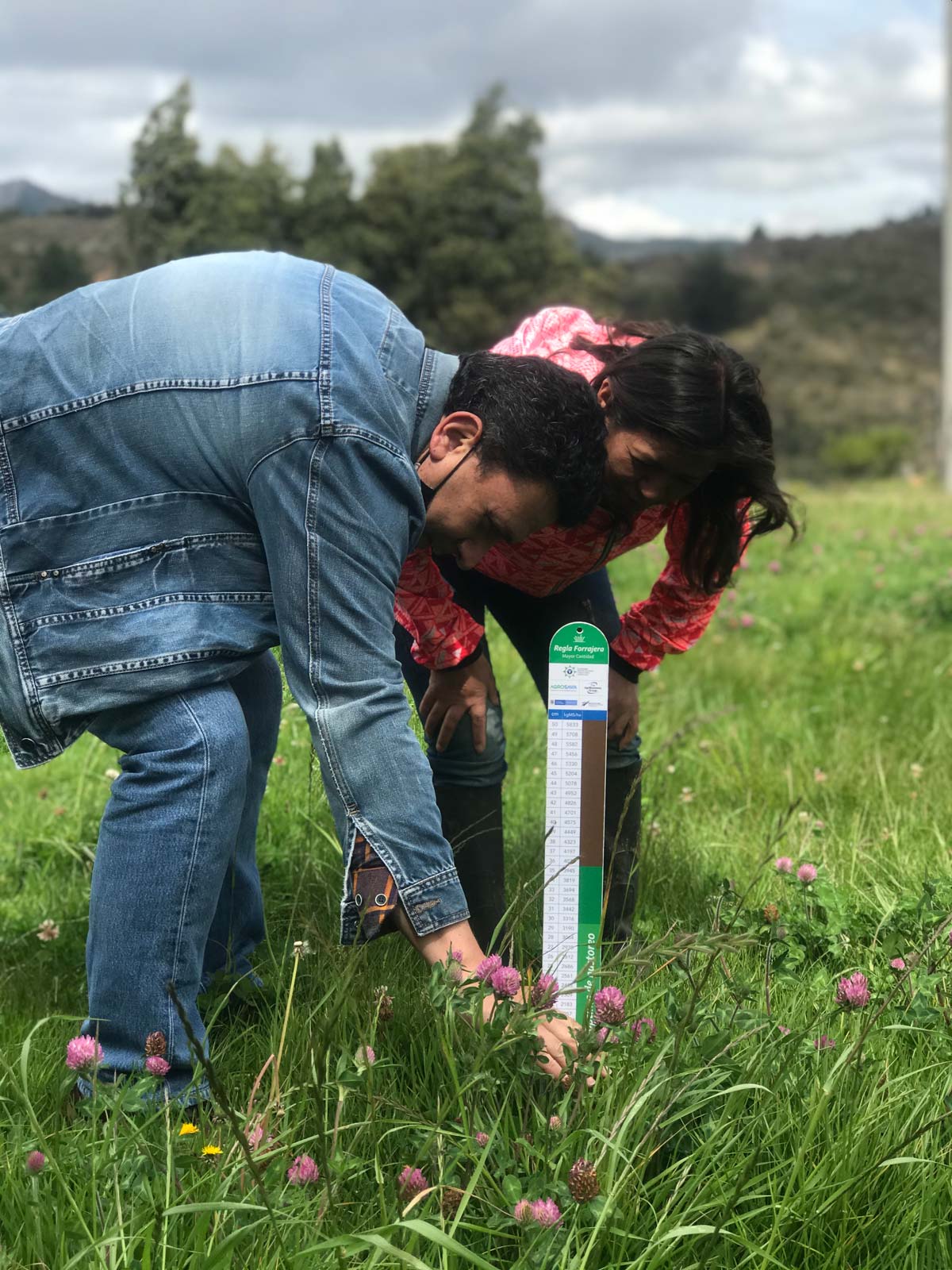
Description
The forage rule is a tool that allows estimating indirectly the amount of forage available in a pasture (kg DM/ha), with a predominance of Kikuyu grass (at least 80 %). It suggests use and management recommendations to improve this grass's productivity and nutritional quality.
This tool allows the measurement of Kikuyu grass biomass and presents benefits in savings of up to 70 % in the time spent elaborating measurements, which avoids destructive sampling of the meadow. It is an economical tool compared to other options since the forage plate, for example, has a market price close to COP 4,000,000, while the forage ruler would cost approximately COP 7,000.
With the use of the rule, decision-making on grazing management is facilitated, which is represented in the better performance and growth of Kikuyo pastures. In addition, promoting efficient pastoral systems is allowed, increasing the production system's profitability by up to 5 %, which improves the producer's quality of life and the milk production systems' competitiveness.
Its use is recommended for the Boyacá and Cundinamarca dairy basins.
Municipalities of Boyacá: Saboyá, Tuta, Iza, Duitama, Paipa, Tunja, San Miguel, Chiquinquirá.
Municipalities of Cundinamarca: Simijaca, Mosquera, Zipaquirá, Chocontá, Ubaté, Cucunubá.
Associated publications
- Brochure: Regla forrajera: una herramienta para la toma de decisiones en pasturas.
- Booklet: Guías de mejores prácticas en sistemas de producción de leche con base en pasturas para el trópico alto colombiano.
- Scientific article: Desarrollo de una regla forrajera para la gestión del pasto Kikuyo en el trópico alto.
Image gallery
